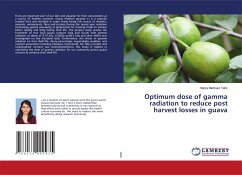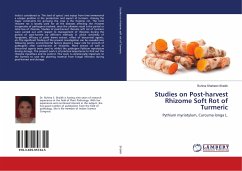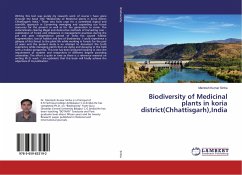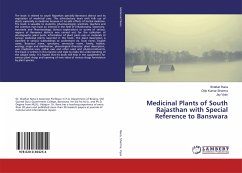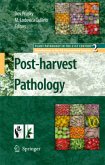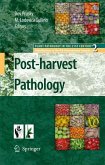Please note that the content of this book consist research findings from field and laboratory experiment. In this book, the reader learns about different diseases of medicinal plants in Bangladesh. The research work was designed to identify the major diseases with their causal organisms of important medicinal plants of Bangladesh. Moreover, the incidence and severity of those diseases were calculated in different seasons in nursery, field and post harvest condition. In Bangladesh, about 500 plant species have been identified as medicinal plant and millions of village people cultivate medicinal plants in their homestead garden. Now commercial cultivation of medicinal crops is gradually expanding in Bangladesh due to increasing demand. This is first intensive research work on the diseases of medicinal plants in Bangladesh. List of diseases and pathogens of medicinal plants directly help quarantine authority for issuing phytosanitary certificate to ensure safe import and export of medicinal herbs.


